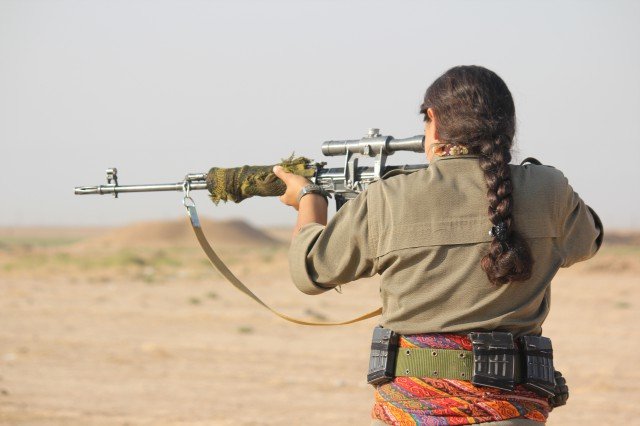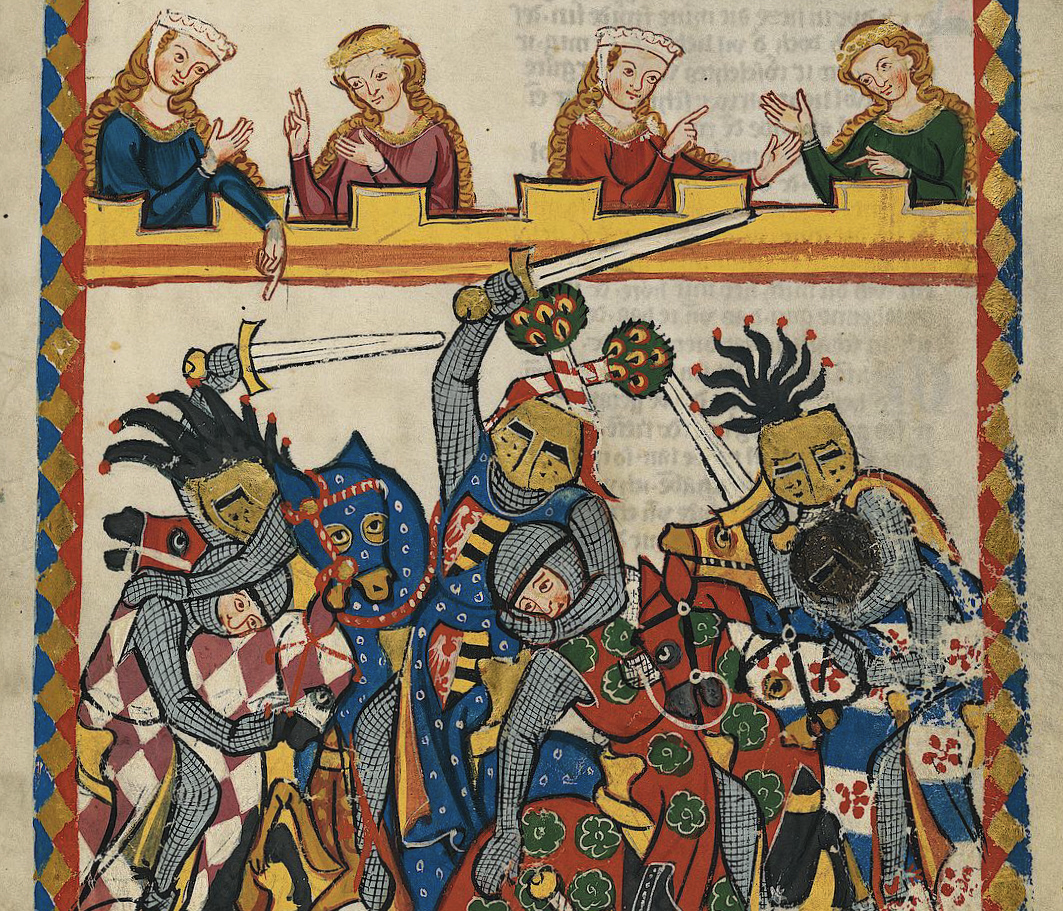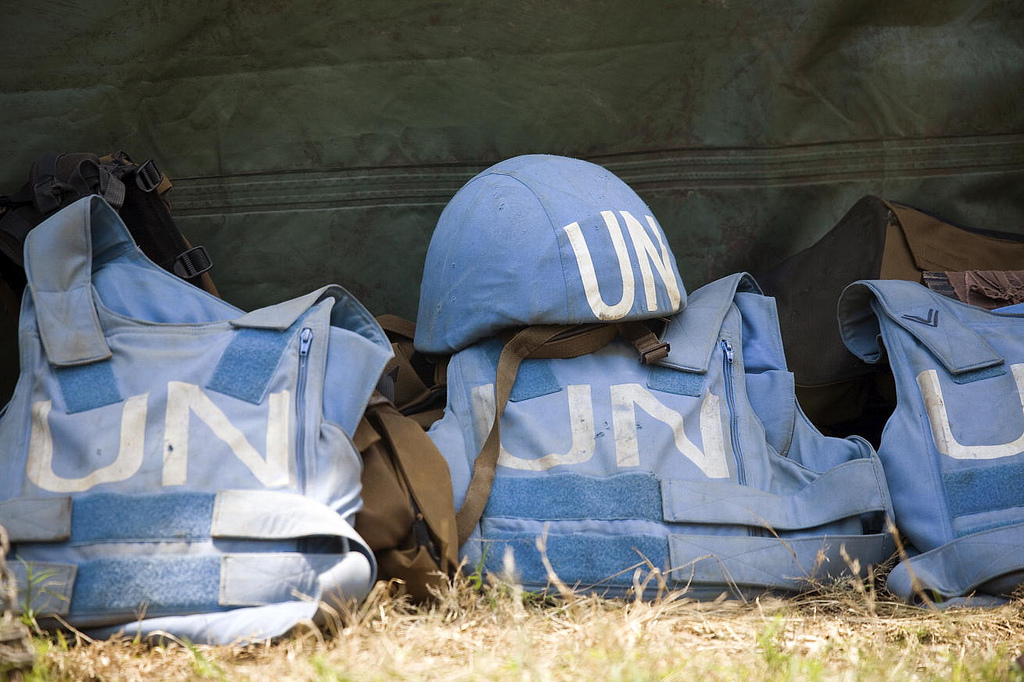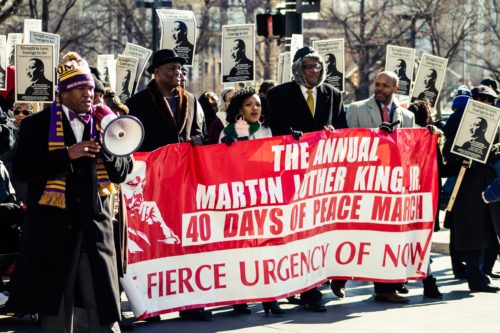By Alexis Henshaw for Denver Dialogues.

What makes a person choose to support or fight for a non-state armed group (NSAG)? This is a question that social science scholars have been asking for years. Work from political science and international relations has crystallized around two overarching reasons why individuals participate in organized political violence. The first, stemming largely from work by Ted Gurr, deals with grievance. This notion predicts that rebellion is not solely a rational act, but that it also requires feelings of frustration, exclusion, and/or relative deprivation. Scholars building on this idea have usually operationalized this to mean a grievance centered on political, economic, ethnic, and/or religious factors. The second school of thought, based on rational choice and economic models, predicts that individuals will choose to join a rebellion only when there is a perceived personal benefit–like power, money, or loot.
As noted in my recent article in the Journal of Global Security Studies, prior works that look at “greed” and “grievance” as motivating factors have found that both of these explanations are at least partly right. However, these examinations have usually been undertaken with the assumption that the default recruitment pool is made up of men and boys. Recent work has challenged this assumption, showing that women have contributed to the majority of NSAGs active since 1990, that they have contributed to rebellions in about 60 countries, and that women are more likely to be present in groups that use terrorism to further their aims (here, here, and here). Given this new knowledge, previous research using male-focused economic indicators or surveys that over-sample men seems to only tell part of the story.
Using data that I collected on women’s participation in 72 NSAGs active since 1990, I ran tests to see how the “greed” and “grievance” explanations applied to women. In keeping with previous work, I modeled the potential for economic incentives by looking at women’s access to the workforce, predicting that in countries where women had less access to paid work, they would be more likely to join a rebellion. To operationalize grievance, I looked at whether each NSAG advocated for gender rights (i.e., political grievance), for economic redistribution, or in support of an ethnic or religious group. To these three previously recognized grievances, I also added a fourth; what I call a human security grievance. Building off the ideas expressed by Wood, Viterna, and others, I predicted that push factors as well as pull factors would be relevant to women, and that threats to personal security and daily well-being would also bring women into violent organizations.
My findings in some ways confirm what we already know from case studies and qualitative work on women in rebellions. Globally in the post-Cold War era, women are significantly more likely to be found in leftist groups with an ideology focused on economic redistribution. Women are also active in the vast majority of all groups that advocate for women’s rights, although relatively few rebel groups in my sample did so. One surprise, though, is what the data says about women’s involvement in ethnic or religious groups. Women do appear significantly more likely to contribute to these groups—but only in a support (noncombat) capacity. The tests I ran also show that the different rates at which women participate in Islamist NSAGs vs. all other ethnic- or religious-driven armed groups is statistically significant. In my discussion of these results, I speculate on why this may be the case. One potential reason is that younger NSAGs are less likely to use women, and newer Islamist groups in particular are often reluctant to allow women to become suicide bombers.
On the side of economic motivators, I did not find that labor force dynamics had any significant relationship to the participation of women in these groups. This may cast a dim light on economic theory, or it may be an indication that private goods look different for women than they do for men. Are women entering rebellions seeking money or power, or are they looking for something different—like a feeling of safety, or someone to help them with childcare?
The impacts of human security threats on women were also unclear. While I found that a climate of political terror—including killings, disappearances, and sexual violence by state forces—did not seem to make women more likely to join an NSAG, it did appear to make them less likely to appear in these organizations under certain circumstances. What I found in this article may suggest that women are more risk-averse actors, who are less likely to take part in combat where risks are high. On the other hand, it may also suggest that NSAGs themselves make a strategic choice not to use women under these conditions.
Based on my data and the research I conducted, I think that women who rebel are different from men who rebel…but not completely. Many women in NSAGs, just like many men in these same groups, participate because of some sense of grievance. People will actively support and/or fight for rebellions when they feel a sense of class inequality or when they feel that their larger ethnic or religious community is threatened. Yet women seem less likely to be self-interested actors, and the way in which women contribute to rebellions depends largely on a group’s ideology. Noncombat positions—those engaged in recruiting, espionage, and the like—are important to the survival of a rebel group, but the concentration of women in these positions should be of interest to those developing counter-insurgency or post-conflict transition programs. Finally, the impact of political terror is worth a second look. Quality data on issues like sexual and gender-based violence is still relatively new and relies on just a few key sources, but given the potential influence of political terror on motivating both men and women to join armed groups, it’s worth the effort to continue exploring these facets of political violence.
Alexis Henshaw is a Visiting Assistant Professor of Political Science at Miami University.





